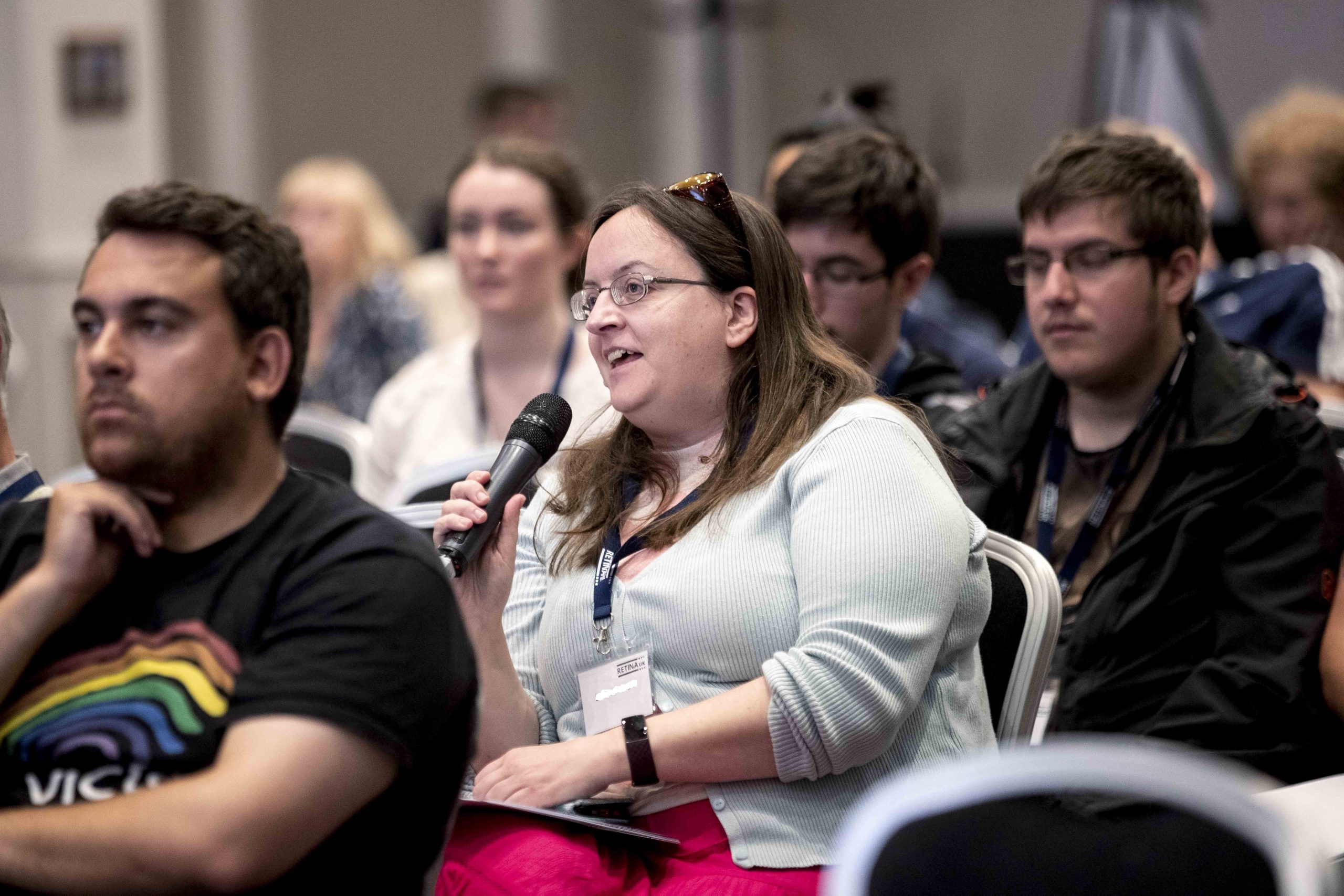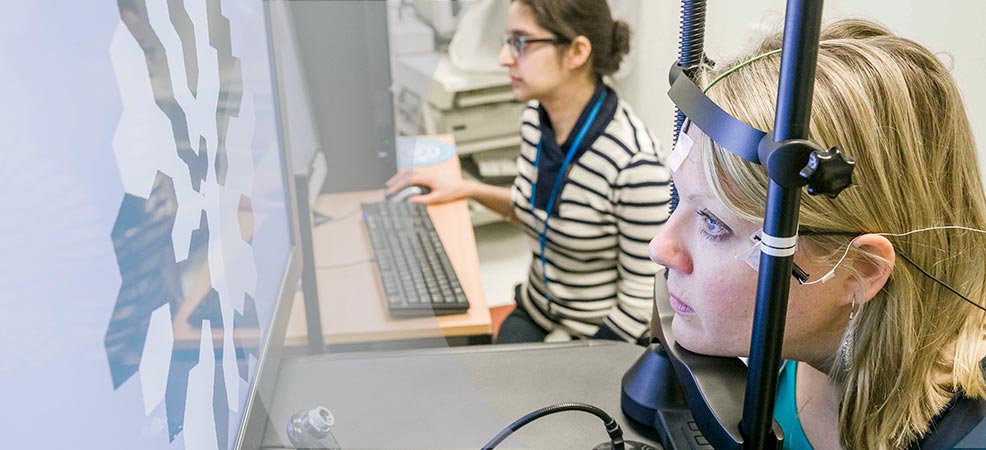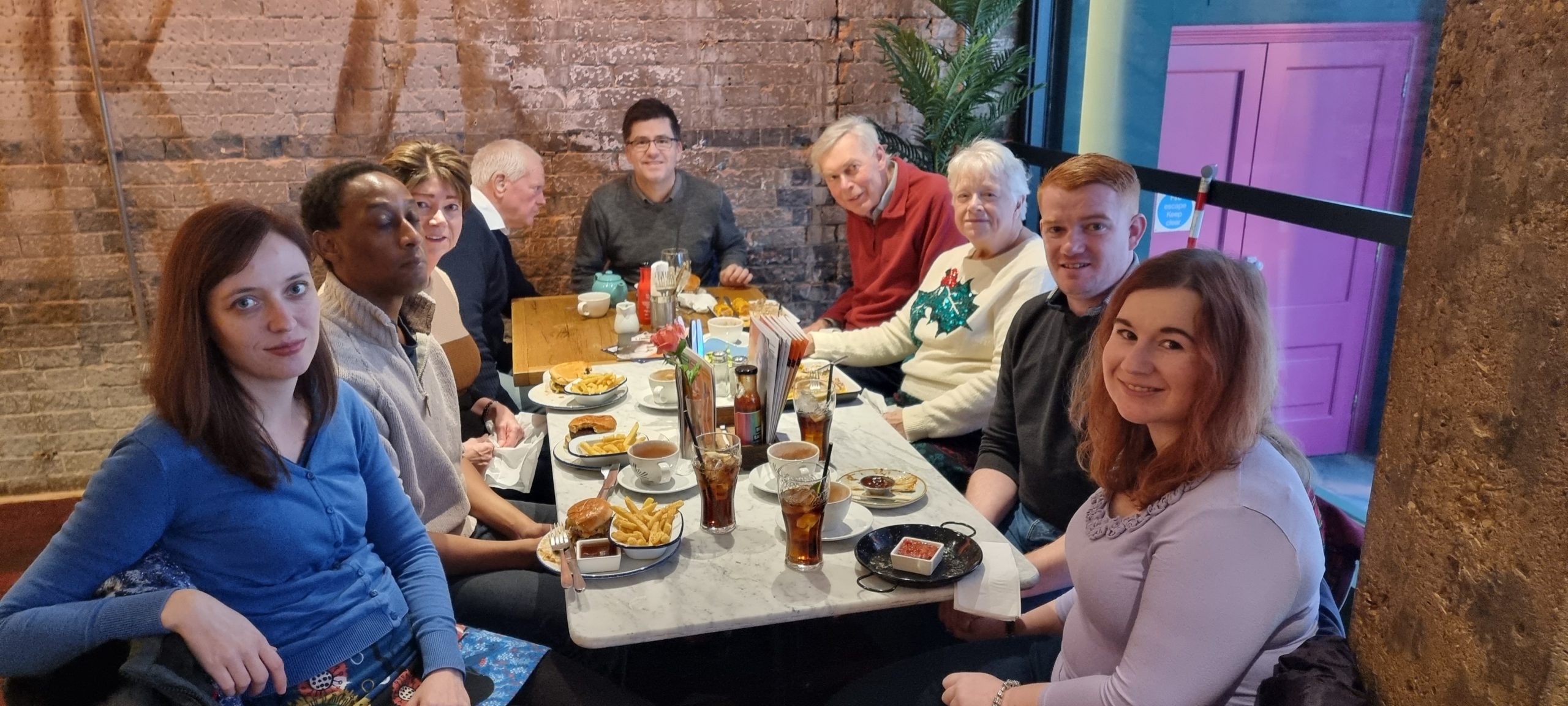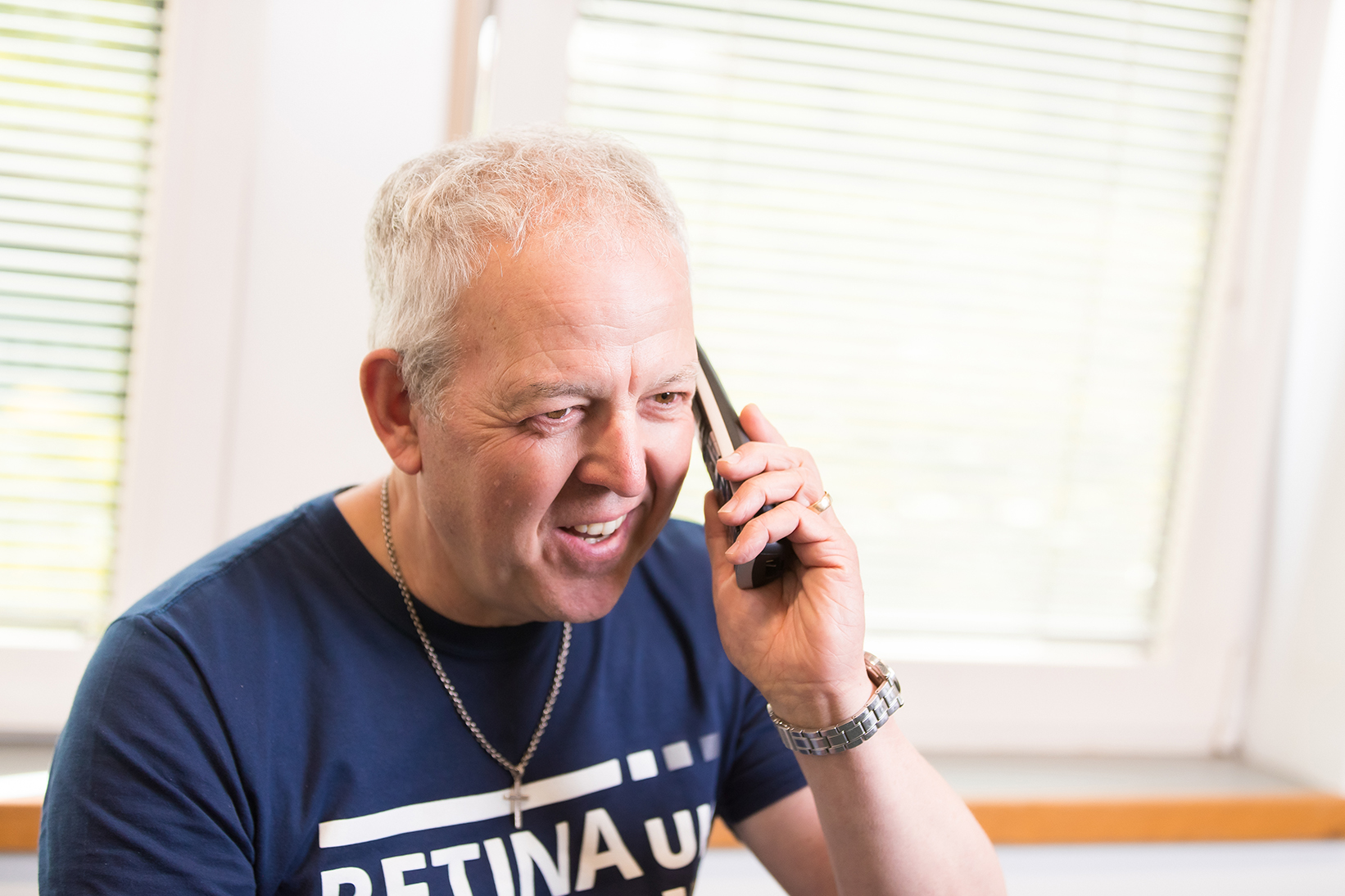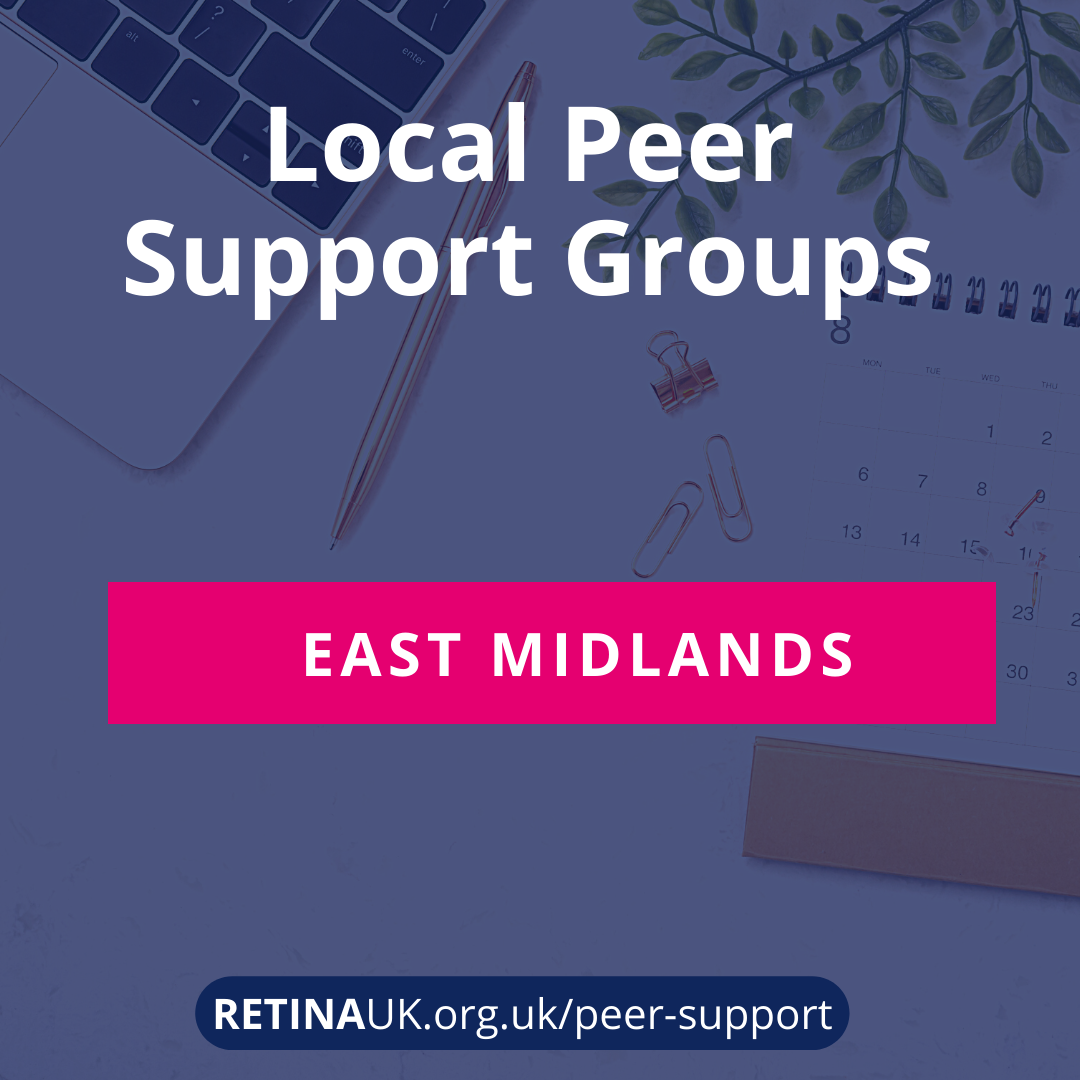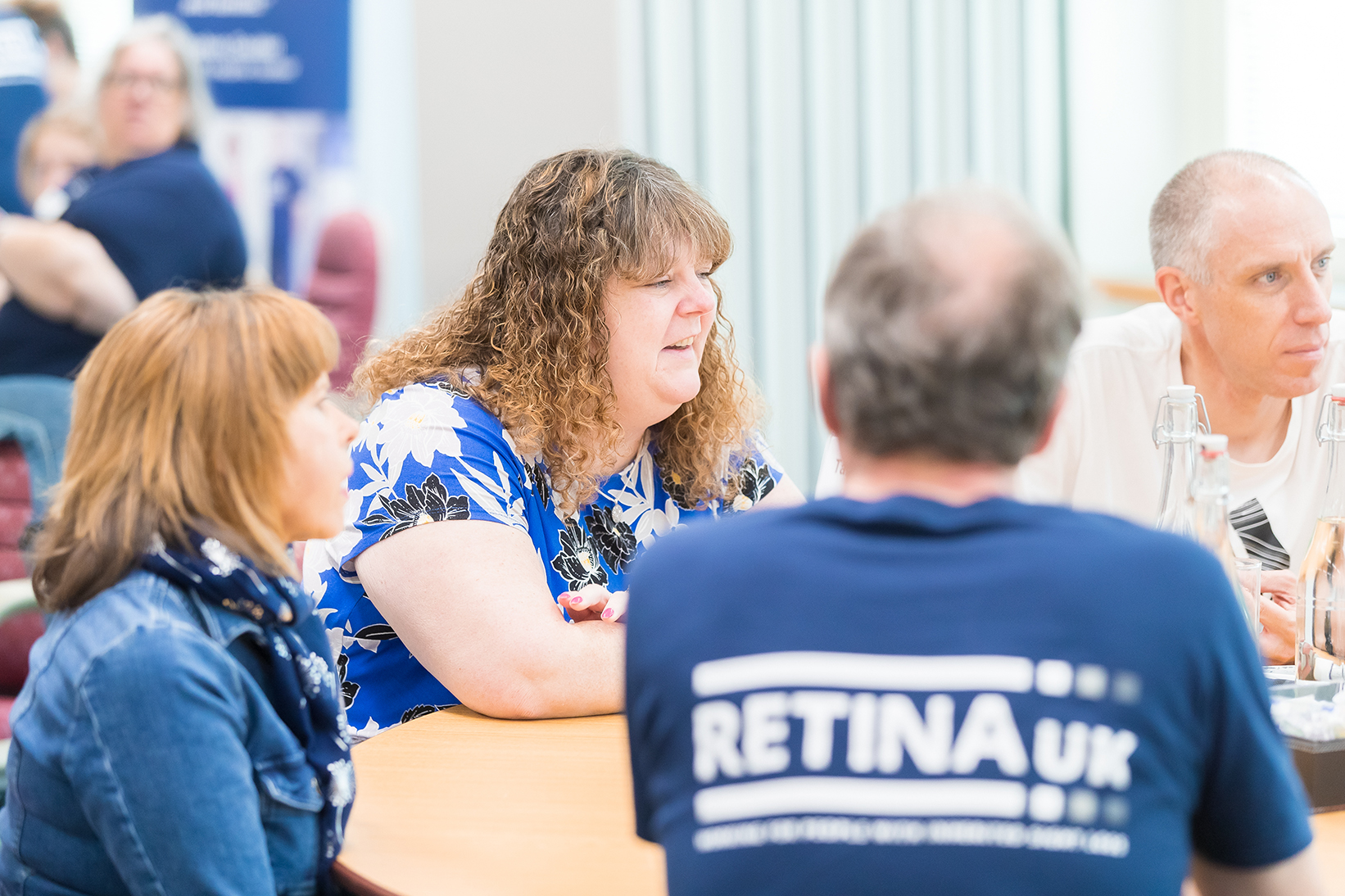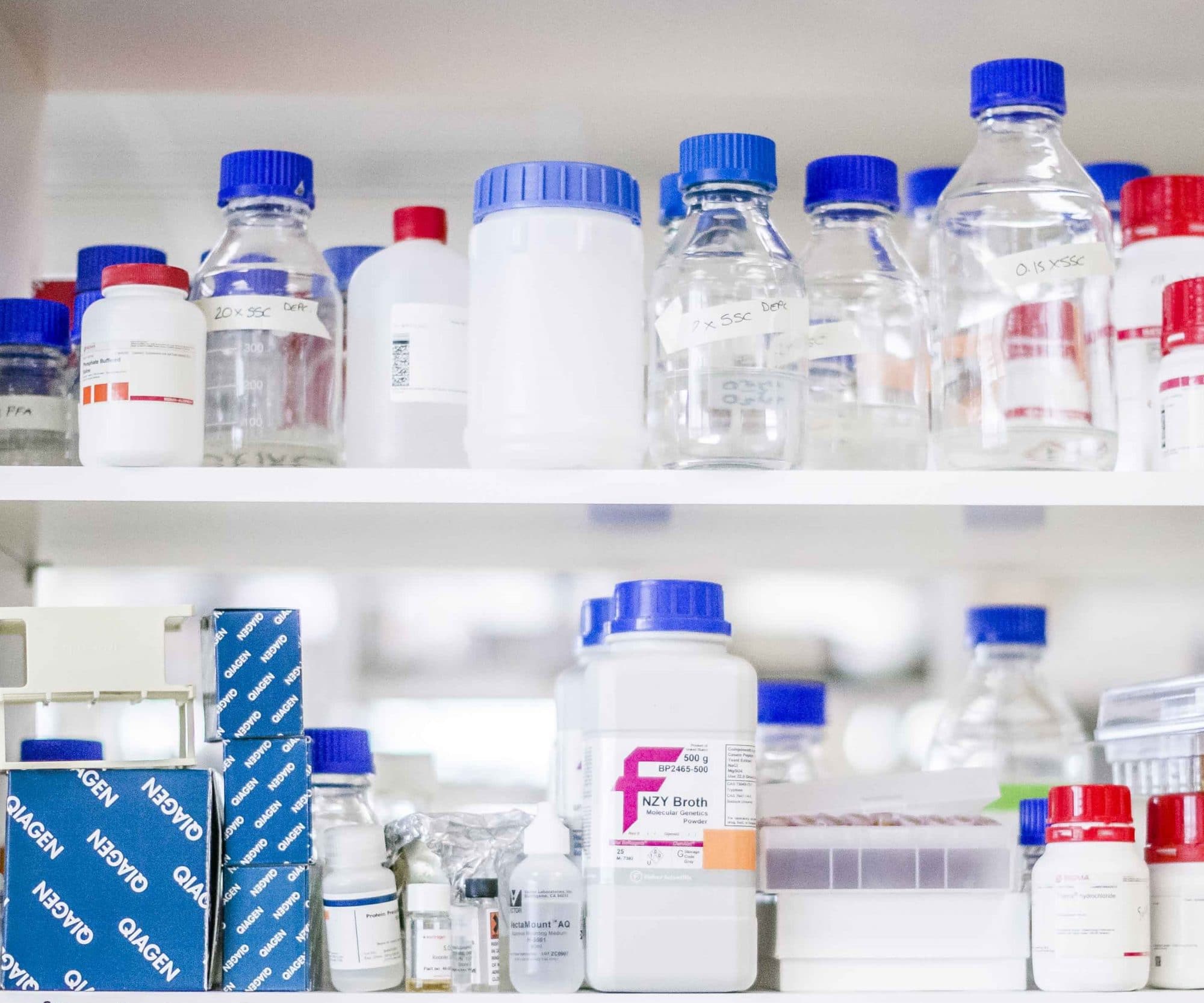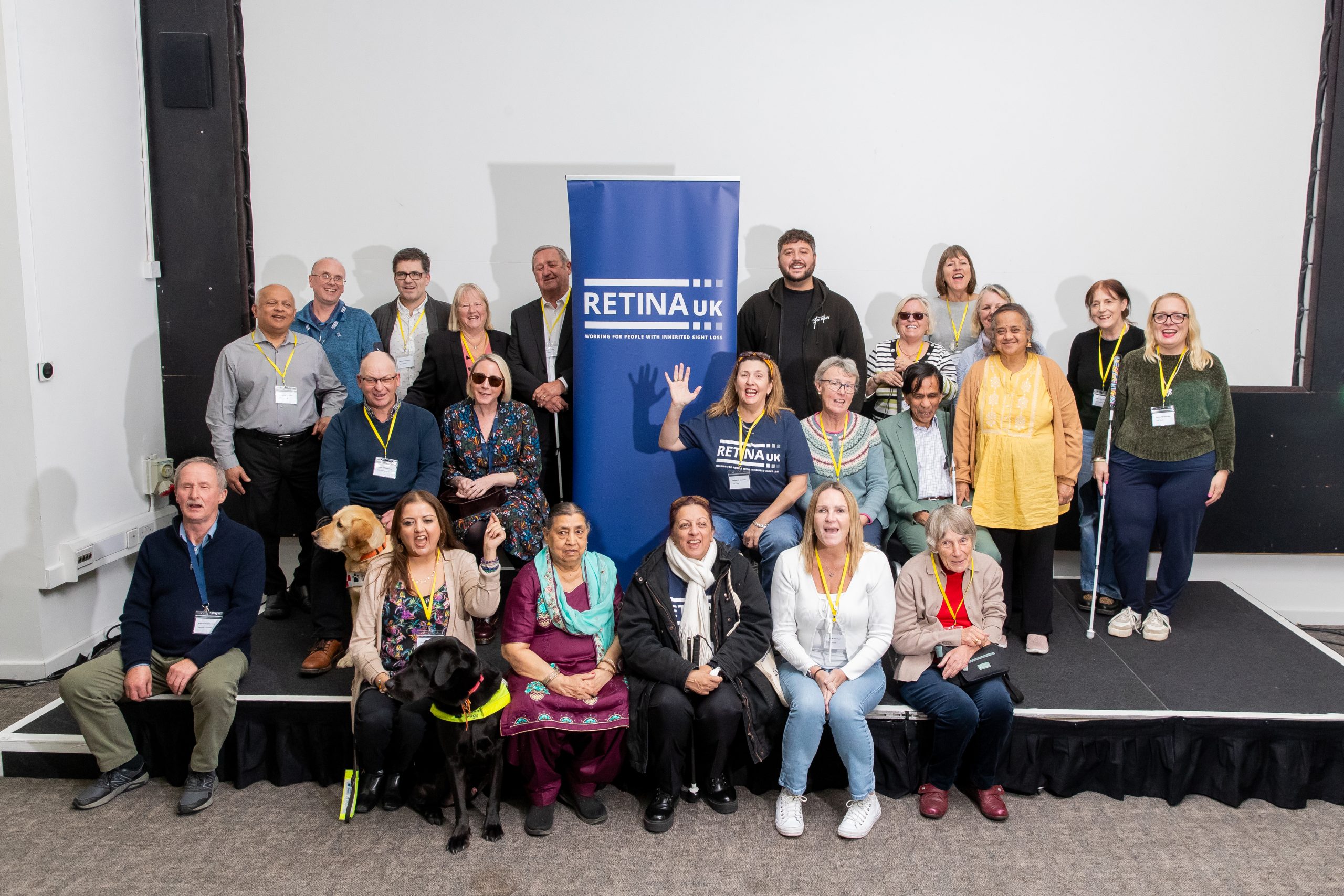The condition is characterised by progressive sight loss (retinal dystrophy, nystagmus and photophobia), hearing loss, obesity, type 2 diabetes, heart, liver and kidney issues, short stature and other associated problems.
The symptoms develop at different stages and not everyone will develop all of the symptoms associated with the condition.
Symptoms
Vision loss is often the first symptom to become apparent, usually from birth, as a result of cone-rod dystrophy. Cone-rod dystrophy is a form of retinal dysfunction where the cells in the retina (cones and rods) that convert light into nerve impulses gradually deteriorate causing progressive vision loss. In addition to vision loss, individuals with Alstrom syndrome may develop photophobia, severe sensitivity of the eyes to light and nystagmus: rapid, involuntary movement of the eyes. Some individuals may also develop cataracts, clouding of the lens of the eye. In most cases, vision becomes progressively worse through the first and second decade of life which may result in blindness in the mid-teens. However, the progression and degree of vision loss among individuals with the condition will vary.
Hearing loss is another symptom of Alstrom syndrome which often affects individuals in the first decade of life. This is caused by sensorineural hearing loss where the ability of the auditory nerves to transmit sensory input to the brain is impaired. In approximately 70% of patients, sensorineural hearing loss tends to affect both ears. The degree of hearing loss may be mild to moderate or may progress to moderately severe or severe by the end of the first and second decade. Some adults go on to have cochlear implants.
Birth weight is normal in infants with Alstrom syndrome. However, excessive eating beyond the normal need to satisfy hunger (hyperphagia) and rapid weight gain may occur during the first few years of life. Some patients may go on to develop childhood truncal obesity where fat is disproportionally distributed on the chest and abdomen rather than the arms and legs. The majority of children have a rapid growth, with height above the 50th percentile before puberty but final adult height frequently below the 5th percentile.
Around 40% of children with Alstrom syndrome develop a condition called dilated cardiomyopathy during early infance. This is where the heart can enlarge and pump less efficiently. The heart often recovers, although not completely and can re-occur or present for the first time in later life. Around 70% of people diagnosed with Alstrom Syndrome will develop congestive heart failure at some stage during their life.
Almost all individuals with Alstrom syndrome are prone to insulin resistance and sometimes develop a skin condition called acanthosis nigricans where the skin of the body folds and creases become thick, dark and velvety. The majority of people will eventually develop type 2 diabetes. This is where the pancreas produces insulin but the body becomes resistant to the effects which leads to the insufficient absorption of glucose and abnormally increased glucose levels in the blood and urine. Alstrom syndrome can also cause serious or life-threatening medical problems involving the liver, kidneys, lungs and bladder.
Cause
Alstrom syndrome is an ultra-rare genetic condition affecting around 260 people in Europe, including around 90 in the UK.
It is caused by changes in the ALMS1 gene. Alstrom syndrome is a recessive condition meaning both parents must carry one copy of the mutated ALMS1 gene to have an affected child. There is then a 1 in 4 chance of having an affected child with each pregnancy. Find out more at RetinaUK.org.uk/genetics/inheritance-patterns.
Treatment
There is no cure or condition specific treatment for Alstrom syndrome. However, there are effective treatments for some of the symptoms such as heart failure, diabetes and obesity. Sensitivity to bright light (photophobia) can be treated by wearing dark tinted glasses. Hearing aids and cochlear implants can be used to support hearing loss.
Treatment for Alstrom syndrome also involves following a healthy, balanced diet as well as regular physical exercise to keep weight under control and help manage type 2 diabetes.
People diagnosed with Alstrom Syndrome in the UK can access a highly specialised service in Birmingham. Birmingham Women’s and Children’s Hospital, the Queen Elizabeth Hospital, Birmingham and Alstrom Syndrome UK work in partnership to deliver multi-disciplinary clinics for children, young people and adults.
Clinical trials
Visit RetinaUK.org.uk/medical-research/joining-the-research-effort for clinical trials information. If you are considering joining a trial always discuss it with your usual ophthalmologist or family doctor first. Participation in a genuine clinical trial will never require payment.
You can also read about possible treatment approaches for retinal disease at RetinaUK.org.uk/medical-research/approaches-to-treatment and the latest news about research at RetinaUK.org.uk/research-news.
Many treatment approaches are specific to a particular gene fault, so it is important that those affected by the disease are referred for genetic testing so that they can access new treatments and clinical trial opportunities.
For support
The Retina UK Helpline provides information, support and signposting for people affected by inherited sight loss as well as healthcare and education professionals.
Contact 0300 111 4000 (9.00am – 5.00pm Monday to Friday and Tuesday and Thursday evenings 5.00pm – 8.00pm) or email [email protected].
Condition-specific information
Gene Vision gene.vision/knowledge-base/alstrom-syndrome-for-patients. Retina UK joint funded Gene Vision and input into accessibility and content.
This organisation may be able to help: Alstrom Syndrome UK – alstrom.org.uk
Getting involved in research
Those who join the Retina UK Lived Experience Panel receive an email from us when we are made aware of participation opportunities such as focus groups, surveys and research projects. Sign up at RetinaUK.org.uk/get-involved/lived-experience.


